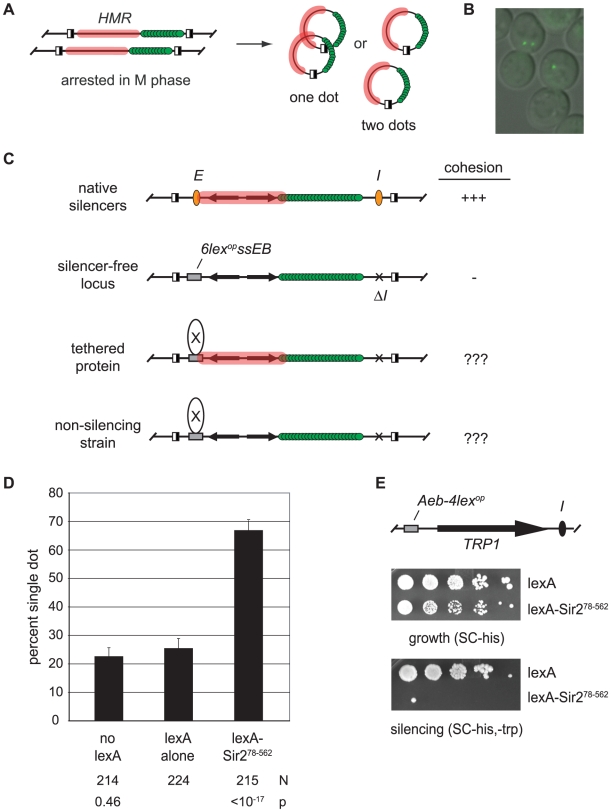Figure 1. Tethered Sir2 mediates cohesion.
A) Evaluation of chromosomal cohesion by DNA circle formation. Site-specific recombination is initiated by galactose-induced expression of the R recombinase in cells arrested at M phase with microtubule inhibitors. Recombinase sites are depicted with half-filled boxes. Silent chromatin domains are highlighted with pink and lac-GFP is represented with green spheres. Cohesion of DNA circles yields a singe bright dot of fluorescence whereas lack of cohesion yields two dots. B) Representative image of M phase-arrested cells with circularized HMR loci. C) Protein-targeting assay for cohesion. Unexcised recombination cassettes are drawn for simplicity. The HMR silencers (orange ovals) were deleted and HMR-E is replaced with a fragment containing lexA sites (6lexopssEB). D) Tethered Sir2 mediates cohesion. HMR circles were counted in strain CSW19 that lacked lexA, and in strains CSW36 and CSW37 that contained integrated expression cassettes for lexA alone or lexA-Sir278–562, respectively. N represents the number of cells examined. The strain bearing lexA alone was used as point of comparison in significance tests. E) Tethered Sir2 mediates silencing. Strain GA-2050 was transformed with plasmids expressing either lexA alone (pBTM116H) or lexA-Sir278–562 (pCSW22) and spotted in 10-fold serial dilutions on SC-trp,-his to measure silencing of the TRP1 reporter and SC-his to measure growth. The strain contains an array of 4 lexA operators in place of the Rap1 and Abf1 binding sites at the HMR-E silencer (Aeb-4lexop) [76]. Parallel assays with the HMR-E silencer of the targeted cohesion assay (6lexopssEB) yielded similar results, albeit less dramatic ones (data not shown).

